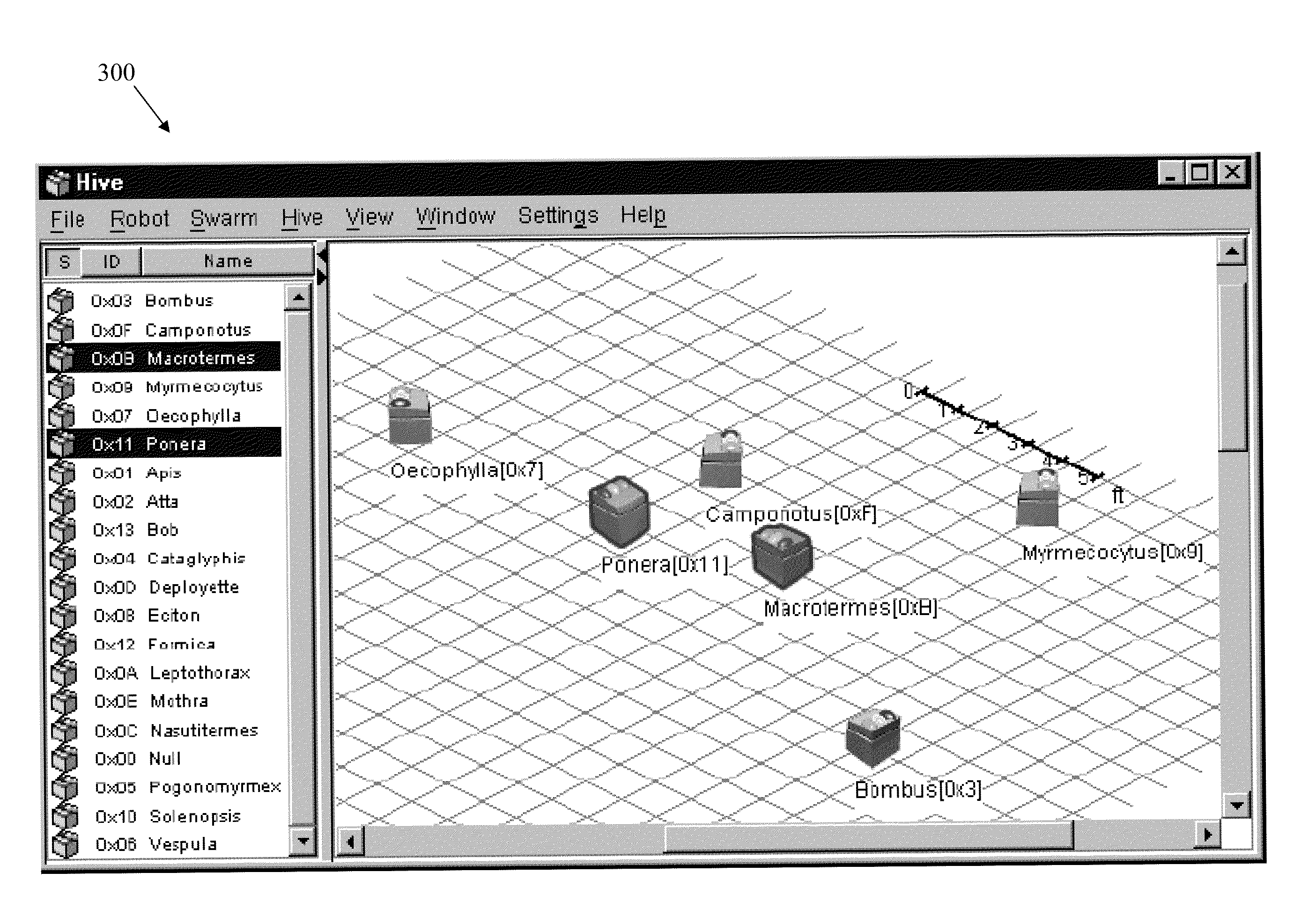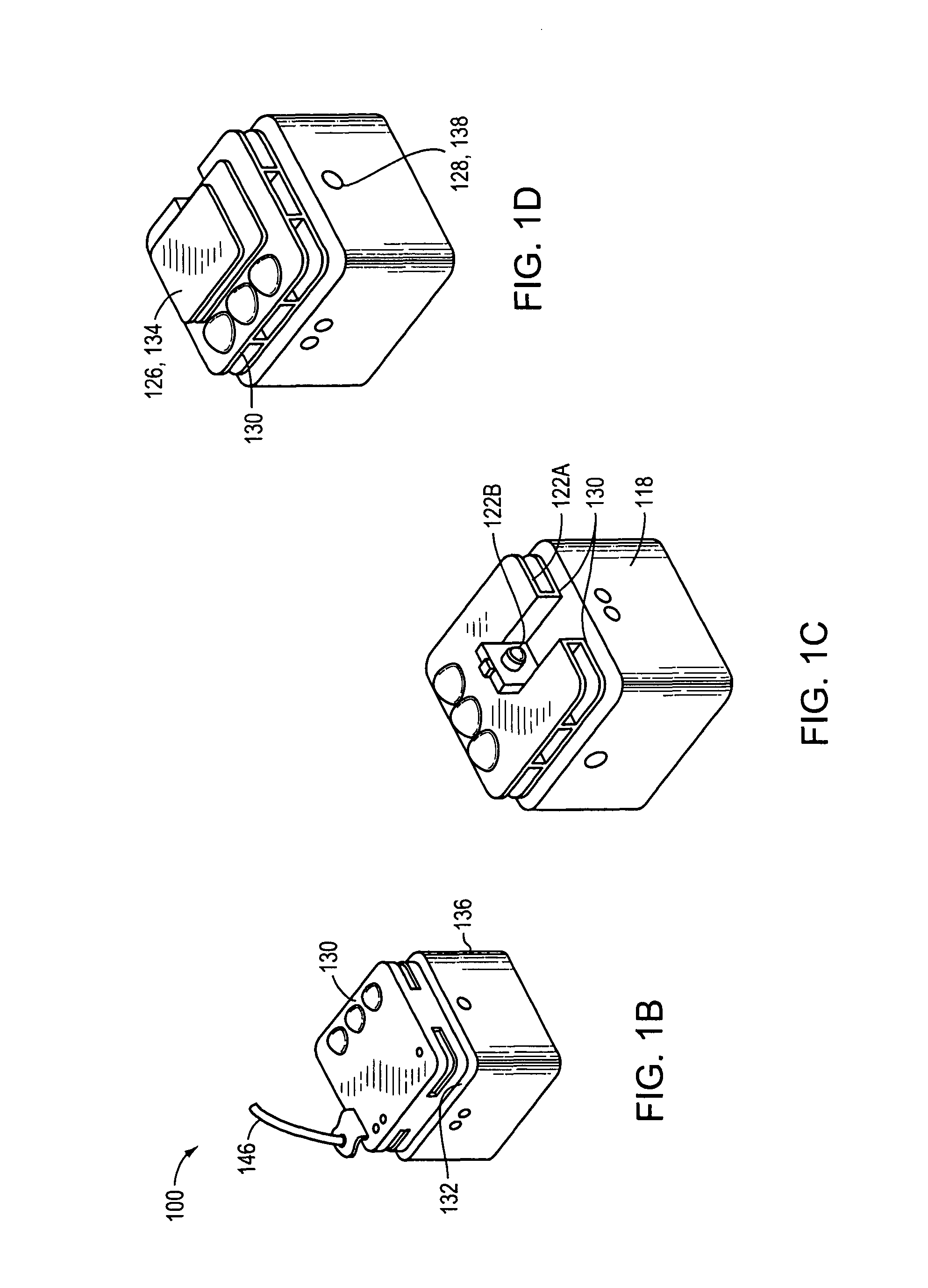Systems and methods for dispersing and clustering a plurality of robotic devices
a robotic device and system technology, applied in the field of robotic devices, can solve the problems of increasing the number of deployed robots, increasing the number of robots deployed, and increasing the complexity of command and control, so as to increase the number of robots deployed to complete tasks and improve efficiency. , the effect of increasing the number of robots
- Summary
- Abstract
- Description
- Claims
- Application Information
AI Technical Summary
Benefits of technology
Problems solved by technology
Method used
Image
Examples
Embodiment Construction
[0046]As shown in the drawings for the purposes of illustration, the invention may be embodied in a method for operating robotic devices capable of receiving, processing, and acting on one or more multi-device primitive commands. These commands, in conjunction with data obtained from other robots, allow several robots to interact with each other and adapt their behaviors accordingly. Embodiments of the invention allow the deployment of several robots generally without overtaxing a central command and control apparatus or operator.
[0047]In brief overview, FIG. 1A is a block diagram depicting components of a robotic device 100 in accordance with an embodiment of the invention. The robotic device (alternatively, “robot”) 100 typically includes subsystems, such as sensing apparatus 102, receiving apparatus 104, and transmitting apparatus 106, for processing signals and data. For example, the sensing apparatus 102 typically includes components that generate data related to the environmen...
PUM
 Login to View More
Login to View More Abstract
Description
Claims
Application Information
 Login to View More
Login to View More - R&D
- Intellectual Property
- Life Sciences
- Materials
- Tech Scout
- Unparalleled Data Quality
- Higher Quality Content
- 60% Fewer Hallucinations
Browse by: Latest US Patents, China's latest patents, Technical Efficacy Thesaurus, Application Domain, Technology Topic, Popular Technical Reports.
© 2025 PatSnap. All rights reserved.Legal|Privacy policy|Modern Slavery Act Transparency Statement|Sitemap|About US| Contact US: help@patsnap.com



